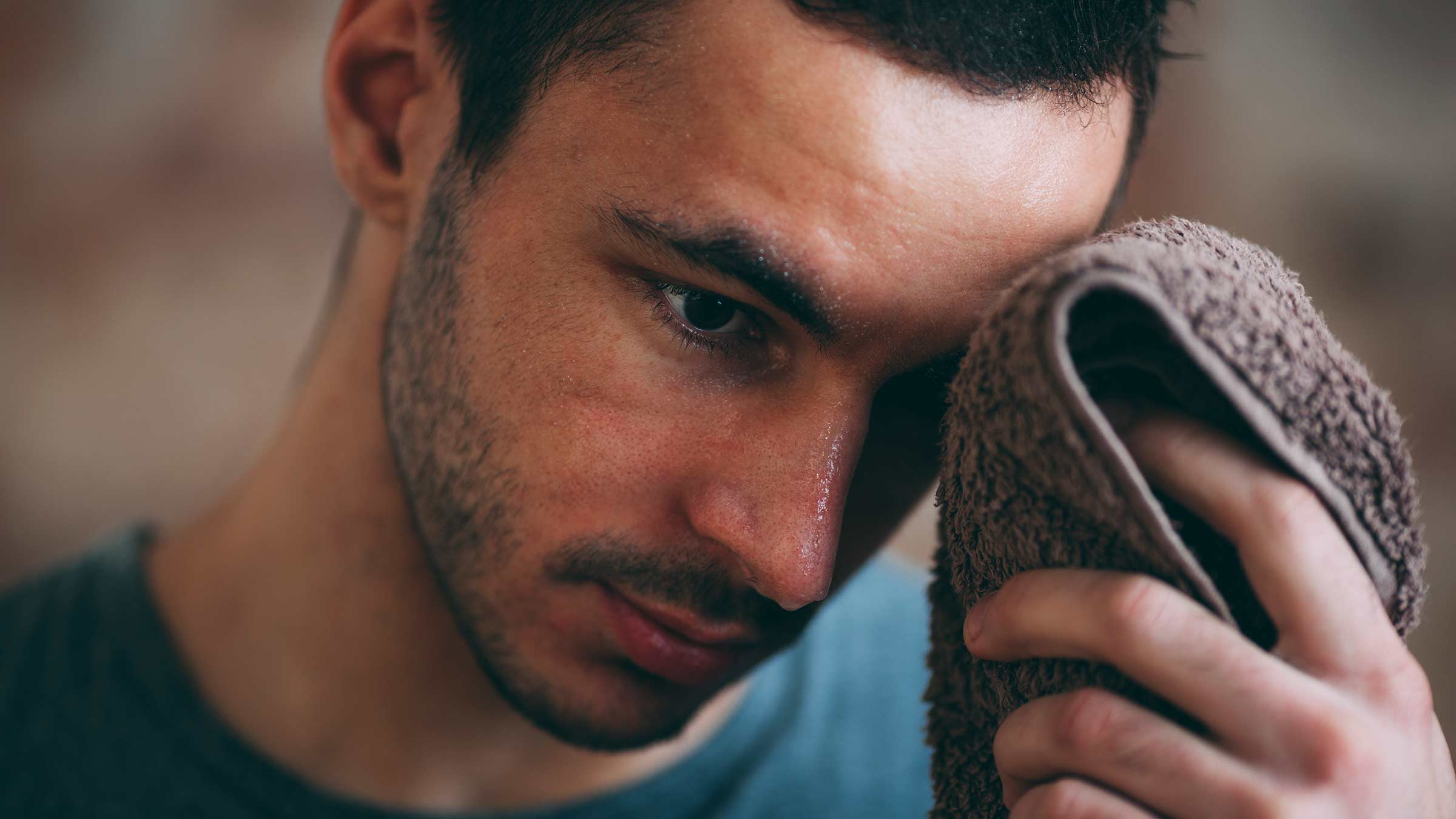
Whooping cough cases are on the rise in the United States, returning to pre-pandemic levels of more than 10,000 cases each year, according to the U.S. Centers for Disease Control and Prevention (CDC).
Here’s what to know about whooping cough, also called pertussis, including how to recognize it and how to get the right treatment.
What’s the difference between whooping cough and coughing from any other virus, such as the flu or COVID-19?
Whooping cough is hard to differentiate from other viral illnesses early on since symptoms can be the same. It can start with a runny nose, low-grade fever and mild coughing.
But with pertussis, people may develop more severe coughing fits after a week or two, with their coughs having a characteristic “whoop” sound from having difficulty breathing in between coughing fits.
This characteristic whooping cough can make identifying the cause easier well after symptoms have set in. Vaccination against pertussis is also encouraged because if you’ve been vaccinated against pertussis and still contract the disease, you may have mild enough symptoms that you never develop a severe enough cough to have the “whooping” cough sound.
What to know about increasing cases of whooping cough
According to the CDC, as of June 1, 2024, reported cases of pertussis are more than twice as high this year as they were in 2023 during the same time period.
Because there’s such an increase, it’s important to make sure you and your family are up to date with your pertussis vaccination, which can help prevent infection and severe symptoms. For adults, that means a booster vaccine every 10 years.
The vaccine’s effectiveness does decrease over time, which is why it’s important to get a booster every 10 years. It’s given as a combination vaccine against tetanus and diphtheria (either DTaP or Tdap, depending on your age).
How we can prevent whooping cough
Pertussis is very contagious and spread through the air when an infected person sneezes or coughs. If you have whooping cough, you can be contagious for at least two weeks after coughing has begun.
To prevent its spread, practice good hygiene, washing hands regularly for at least 20 seconds with soap and water. People who are sick should stay home and especially avoid contact with people at higher risk of developing severe symptoms, such as babies and people with immunocompromising conditions or moderate to severe asthma.
Whooping cough treatment
Treatment for pertussis can involve antibiotics as well as over-the-counter medications to treat symptoms. Rest and plenty of fluids can help you feel better. If symptoms become severe, you might need additional treatment at the hospital. These more severe symptoms include long periods of breathlessness or shallow breathing, skin discoloration, chest pain or seizures.
What to do if you think you or a loved one has whooping cough
If you suspect you or someone you care for has whooping cough, contact your primary care provider for evaluation (which includes possible testing for pertussis) and antibiotic treatment.






